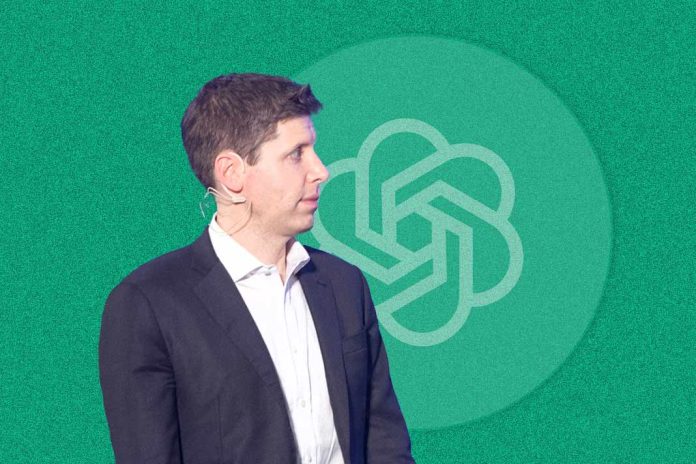OpenAI has announced GPT-5, its latest and most improved large-scale artificial intelligence model. The company is making GPT-5 available to everyone, including its free users. OpenAI said the model is smarter, faster and “a lot more useful,” particularly across domains like writing, coding and health care.
“I tried going back to GPT-4, and it was quite miserable,” OpenAI CEO Sam Altman said in a briefing.
Since launching its AI chatbot ChatGPT in 2022, OpenAI has rocketed into the mainstream. The company stated that it expects to hit 700 million weekly active users on ChatGPT this week, and it is in talks with investors about a potential stock sale at a valuation of roughly $500 billion.
OpenAI stated GPT-5’s hallucination rate is lower, which means the model fabricates answers less frequently. The company said it also carried out extensive safety evaluations while developing GPT-5, including 5,000 hours of testing.
Instead of outright refusing to answer users’ questions if they are potentially risky, GPT-5 will use “safe completions,” stated OpenAI. This means the model will give high-level responses within safety constraints that can’t be used to cause harm.
“GPT-5 has been trained to recognise when a task can’t be finished, avoid speculation and can explain limitations more clearly, which reduces unsupported claims compared to prior models,” said Michelle Pokrass, a Post-Training Lead at OpenAI.
During the briefing, OpenAI demonstrated how GPT-5 can be used for “vibe coding,” which is a term for when users generate software with AI based on a simple written prompt. The company asked GPT-5 to create a web app that could help an English speaker learn French.
The app had to have an engaging theme and include activities like flash cards and quizzes, as well as a way to track daily progress. OpenAI submitted the same prompt to two GPT-5 windows, and it generated two different apps within seconds.
The apps had “some rough edges,” an OpenAI lead said, but users can make additional tweaks to the AI-generated software, like changing the background or adding additional tabs, as they see fit.
GPT-5 is rolling out to OpenAI’s Free, Plus, Pro and Team users. This launch will be the first time that Free users have access to a reasoning model, which is a type of model that “thinks,” or carries out an internal chain of thought, before responding. If Free users hit their usage cap, they’ll have access to GPT-5 mini.
OpenAI’s Plus users have higher usage limits, and Pro users have unlimited access to GPT-5 as well as access to GPT-5 Pro. ChatGPT Edu and ChatGPT Enterprise users will get access to GPT-5 roughly in the coming weeks.
“It’s amazing to think it’s been just two and a half years since @sama came to Redmond to unveil GPT-4 in Bing, and incredible to see the progress we’ve made since,” Microsoft CEO Satya Nadella shared in a recent post on X, referencing OpenAI CEO Sam Altman’s visit to Microsoft’s headquarters in February 2023.
The new model is coming to Microsoft products, according to a company blog post. Microsoft 365 Copilot is getting GPT-5, as well as the Copilot for consumers and the Azure AI Foundry that developers can use to incorporate AI models into third-party applications.
Box, a company that helps enterprises manage their computer files, has been testing GPT-5 across a wide variety of data sets in recent weeks.
Aaron Levie, the CEO of Box, said previous AI models have failed many of the company’s most advanced tests because they struggle to make sense of complex math or logic within long documents. But Levie said GPT-5 is a “complete breakthrough.”
“The model is able to retain way more of the information that it’s looking at, and then use a much higher level of reasoning and logic capabilities to be able to make decisions,” Levie told CNBC in an interview.
OpenAI is releasing three different versions of the model for developers through its application programming interface, or API. Those versions, gpt-5, gpt-5-mini and gpt-5-nano, are designed for different cost and latency needs.
OpenAI recently released two open-weight language models for the first time since it rolled out GPT-2 in 2019. Those models were built to serve as lower-cost options that developers, researchers and companies can easily run and customise.
But with GPT-5, OpenAI also has a broader consumer audience in mind. The company said interacting with the model feels natural and “more human.”
Sam Altman said GPT-5 is like having a team of Ph.D.-level experts on hand at any time. “People are limited by ideas, but not really the ability to execute, in many new ways,” added Altman.

